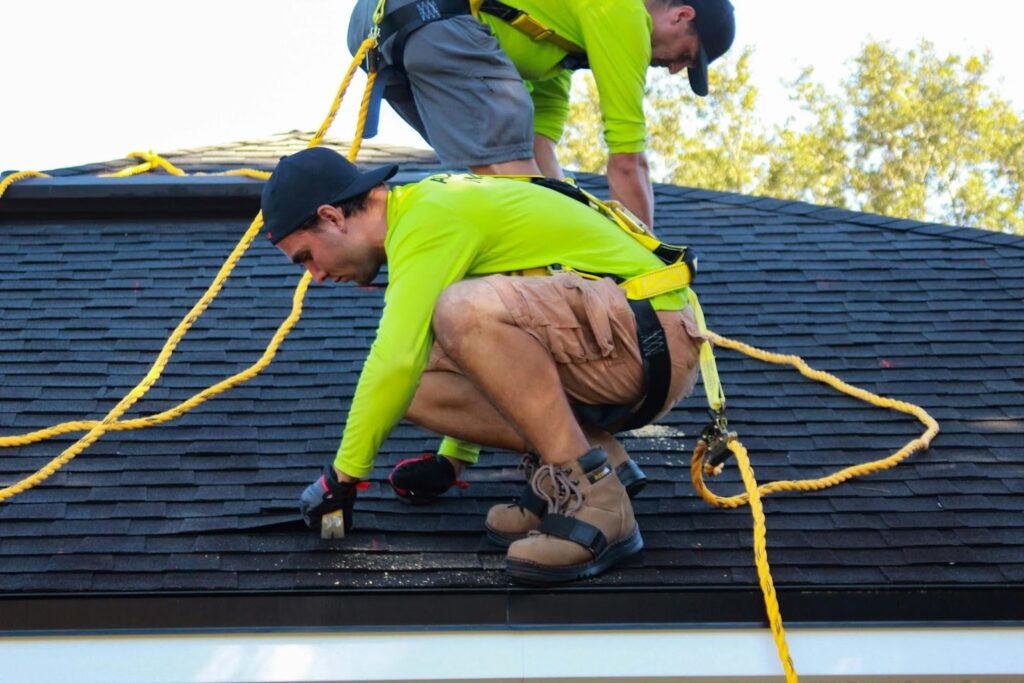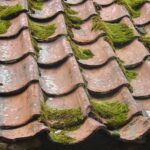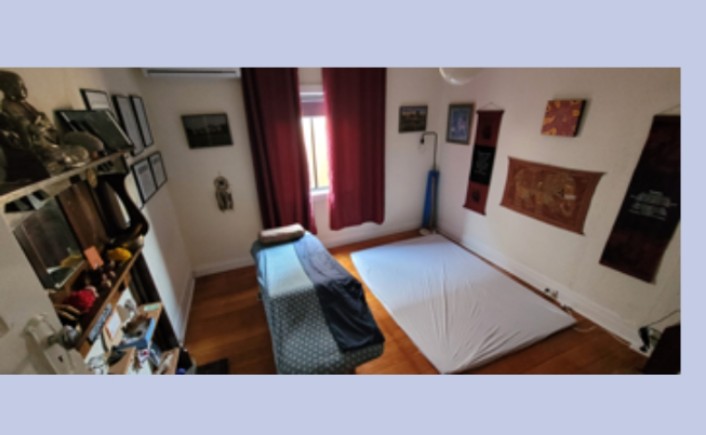A roof quietly protects everything beneath it, from your home’s structural framing to the memories and people inside. Yet, because it’s often out of sight, many homeowners put off addressing minor damage or warning signs. Whether it’s a loose shingle, a small leak, or sagging gutters, ignoring these problems can lead to far more severe and expensive consequences down the line, notes Schambs Property Management team.
Roofing issues rarely stay contained. Water, wind, and UV damage tend to worsen with time, affecting multiple layers of the home. What begins as a manageable repair can evolve into widespread rot, mold, or structural instability. Procrastinating repairs is not just a maintenance issue, it’s a risk to your investment and your safety.
Minor Leaks Can Lead to Major Water Damage
A small water stain on the ceiling might seem harmless at first, but it often signals something more serious happening above. Even a minor leak can allow moisture to travel between roofing layers and into walls or insulation. This trapped moisture encourages wood rot, warps drywall, and compromises the structural integrity of the home.
Water damage isn’t always immediate or visible. It tends to spread slowly, creeping into vulnerable areas like floor joists or electrical panels. Repairing the visible ceiling stain without addressing the root cause only postpones larger, and more costly, repairs. Timely action ensures the leak is contained and prevents deeper, hidden damage from taking root.
Mold Growth Becomes a Serious Health Hazard
Where there’s moisture, mold is likely to follow. Once it takes hold, it can spread rapidly through insulation, drywall, and ventilation systems. Mold spores thrive in damp environments, and a leaky roof provides exactly that. If left unchecked, the contamination can affect indoor air quality and cause serious health issues, especially for individuals with allergies, asthma, or respiratory sensitivities. Engaging a local roofing team early on to inspect and repair the initial damage helps prevent this health hazard before it becomes widespread. Mold remediation isn’t just a surface-level fix. It often involves removing affected materials, disinfecting structures, and replacing insulation, all of which can be time-consuming and expensive.
Compromised Insulation Impacts Energy Efficiency
Roof leaks and missing shingles do more than let water in, they let conditioned air out. When moisture seeps into the attic or wall cavities, it can compress and degrade insulation. Wet insulation loses its thermal resistance, making it less effective at keeping your home warm in the winter and cool in the summer.
As the HVAC system works harder to compensate, energy bills start climbing. Drafty rooms, inconsistent temperatures, and higher monthly costs become the new normal. Restoring insulation without fixing the source of moisture is only a temporary solution. Prioritizing roofing repairs maintains energy efficiency and preserves the comfort of your living space.
Structural Components Are Put at Risk
The longer a roof issue is ignored, the more vulnerable the home’s framing becomes. Rafters, joists, and trusses are designed to support the weight of the roof and withstand natural forces like wind and snow. When these wooden elements are exposed to moisture, they begin to weaken, warp and sometimes rot completely.
Once structural components are compromised, repair costs rise sharply. Instead of replacing a few shingles or flashing, you may be facing full-scale roof reconstruction and interior rebuilding. Keeping up with regular inspections and addressing even minor issues promptly protects the backbone of your home from irreversible damage.
Pests Find Easy Access Points
Roof damage doesn’t just affect the elements, it invites unwanted guests. Gaps, cracks, and lifted shingles provide easy entry for pests like rodents, birds, bats, and insects. Once inside, these intruders can wreak havoc on insulation, wiring, and stored items, not to mention the hygiene risks they pose.
Rodents in particular are known to chew through electrical wires, increasing the risk of fire. Wasps and birds may create nests that block vents or gutters, disrupting airflow and drainage. Sealing these entry points requires more than pest control, it starts with a secure, well-maintained roof that denies access in the first place.
Delaying Repairs Voids Warranty and Insurance Coverage
Most roofing materials come with warranties, but they often require proof of regular maintenance and prompt attention to emerging issues. If a warranty claim is submitted after significant damage, and there’s evidence of neglect, the manufacturer may refuse to cover the repairs. The same applies to many homeowners insurance policies.
Insurance adjusters assess whether reasonable care was taken to prevent damage. If it’s determined that repairs were delayed or ignored, coverage may be reduced or denied altogether. Keeping up with small repairs preserves your roof, and it protects your eligibility for financial assistance when it matters most.
Your roof is one of the most important investments in your home, and it deserves consistent care and timely attention. Neglecting even small repairs can open the door to much larger problems, ones that impact your wallet, your health, and the structural safety of your home. By taking action early and relying on skilled professionals, you can extend the life of your roof, prevent costly damage, and ensure your family remains safe and protected for years to come.






